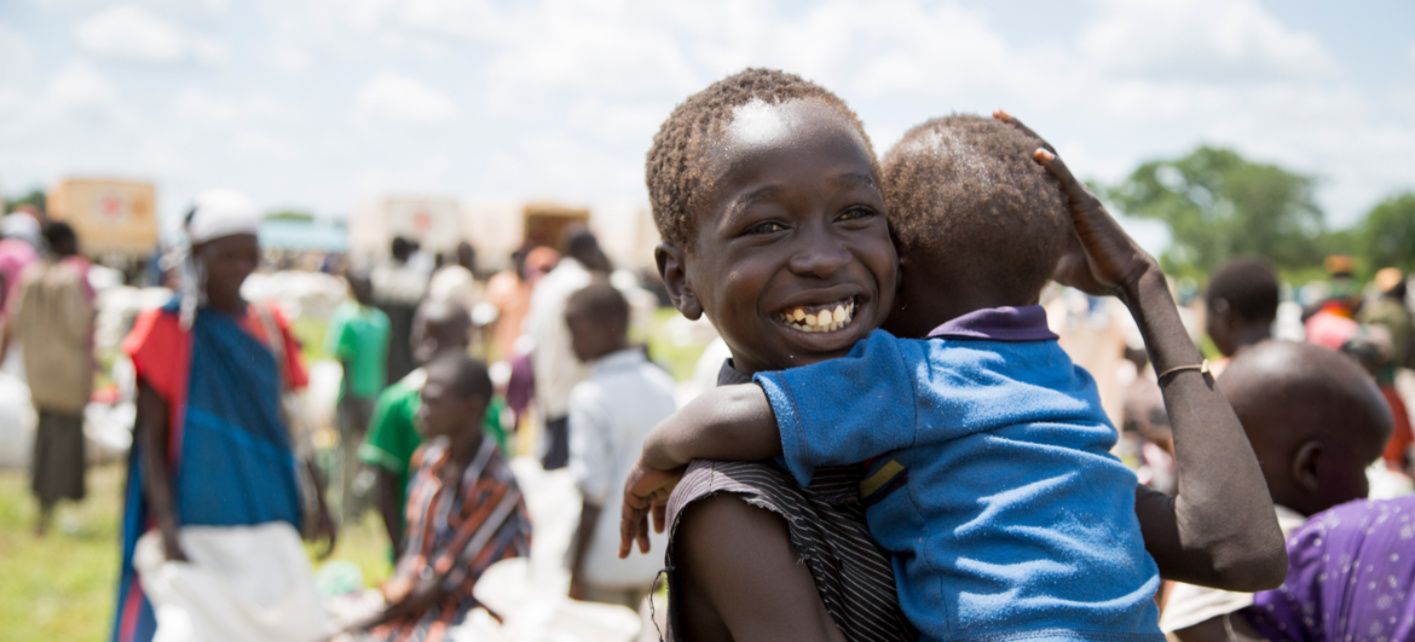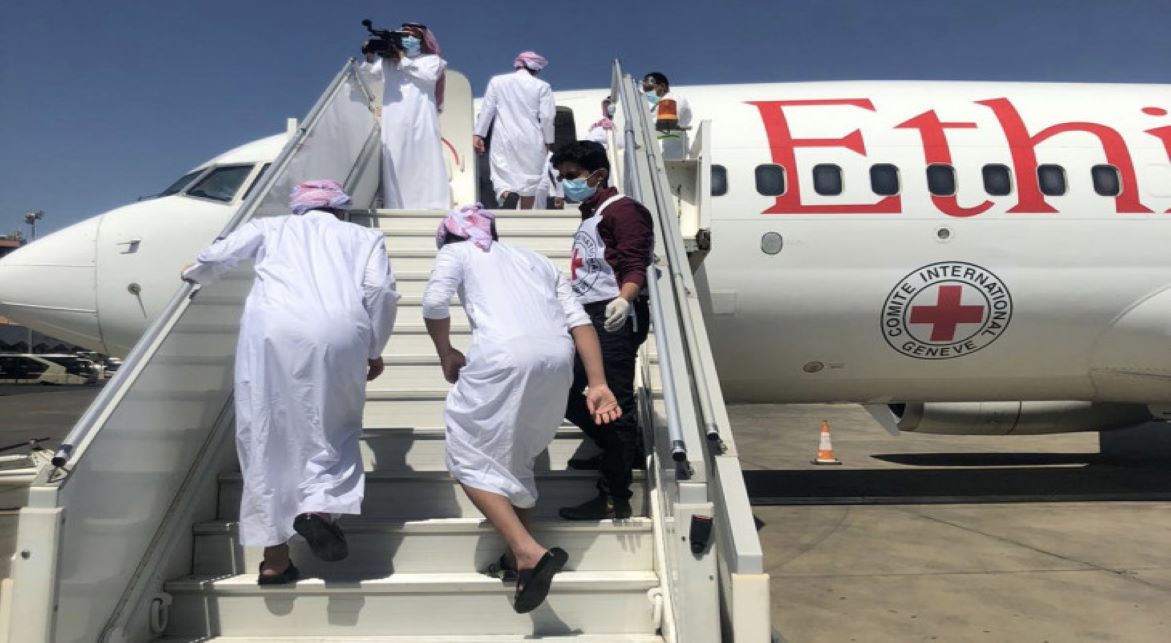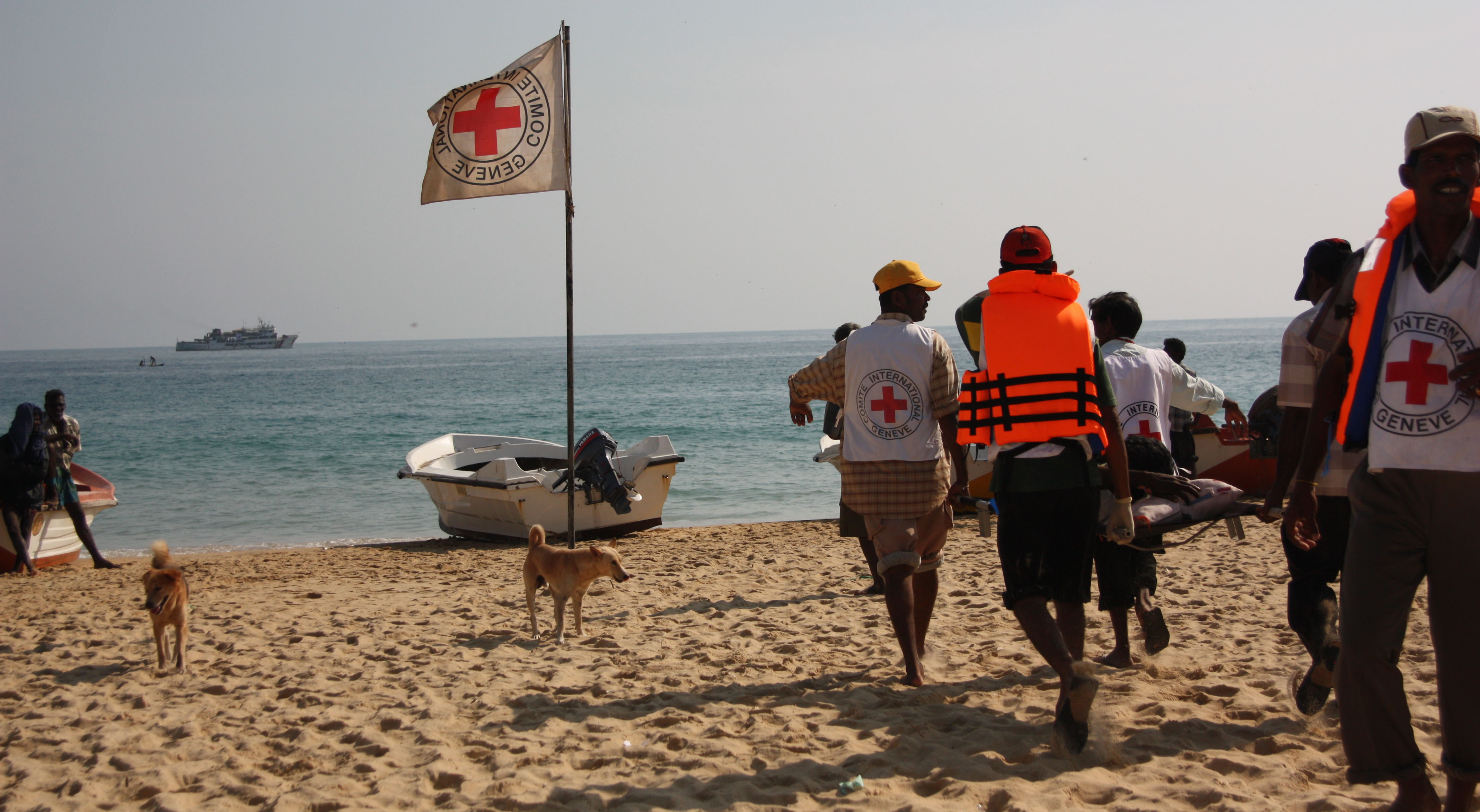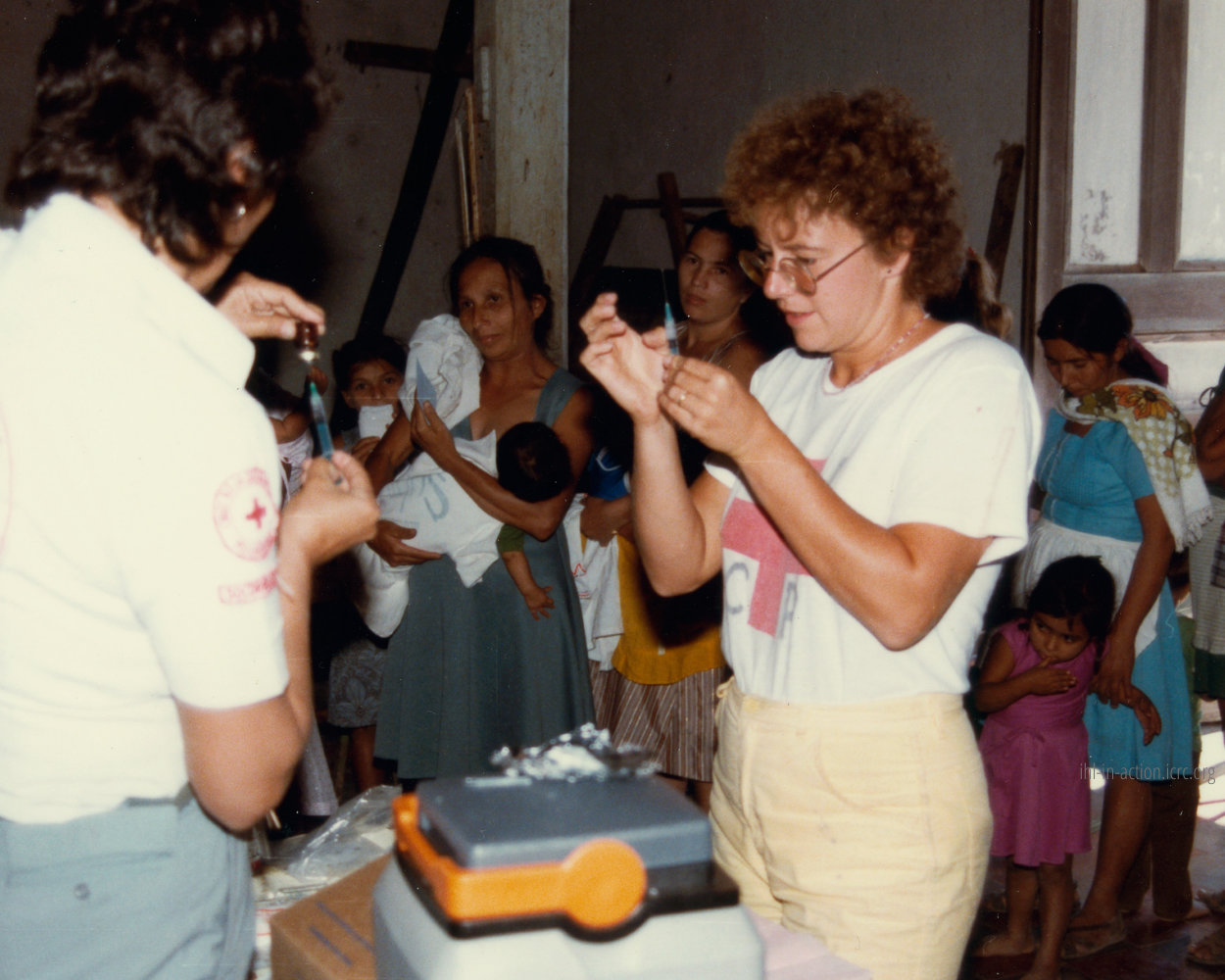Case prepared by Clara Burkard, Ashwin Manoharan and Yildiz Miller, LL.M. students at Leiden University under the supervision of Professor Robert Heinsch as well as Sofia Poulopoulou and Christine Tremblay, PhD researchers, Kalshoven-Gieskes Forum, Leiden University; with the contribution of Jemma Arman and Isabelle Gallino, LL.M. students at the Geneva Academy.
A. UN AND SUDAN PEOPLE’S LIBERATION ARMY (SPLA) SIGN HISTORIC AGREEMENT TO STOP CHILD RECRUITMENT
JUBA, South Sudan, 13 March 2012 – The UN and Sudan People’s Liberation Army (SPLA) on Monday signed an agreement in which the army renewed its commitment to release all children from its ranks.[…]
Since 2003, the SPLA has been included on the UN Secretary-General’s list of parties to conflict that reportedly recruit and use children. The army committed to the action plan in 2009, before South Sudan’s independence, but this agreement marks the first time the SPLA, in its capacity as a national army, affirms its commitment to refrain from recruiting or using children. […]
Speaking at the event in Juba, the capital of South Sudan, Ms. Coomaraswamy [United Nations Special Representative of the Secretary-General (SRSG) for Children and Armed Conflict] emphasized that the signing of the action plan was crucial for the SPLA as it transforms from a movement into a national army.
“This is an important day for South Sudan – the world’s newest country. Not only does this action plan ensure the government’s commitment that the SPLA will have no children within its ranks, but all armed groups who have accepted amnesty with the government must also release their children,” Ms. Coomaraswamy said. […]
The SPLA Deputy Chief of General Staff for Administration said the action plan will prove to the world that South Sudan is committed to protecting children and ending child recruitment. […]
With support from UNICEF, the SPLA has established child protection units that are trained in children’s rights. […]
Sixteen-year-old Abraham Mapour, who was once recruited by the army, offered insight into the needs of children like him.
“Initially, I thought there was no life outside the army. Now, I have come to realize being in school has given me the required skills and confidence to look forward to a bright future,” he said. “I am now getting an opportunity to discover my childhood.”
B. 280 CHILD SOLDIERS RELEASED FOLLOWING DEAL WITH STATE AND REBELS
Three thousand South Sudanese children recruited as soldiers during the violence that has beset the young country in recent years are to hand over their guns and return home as part of one of the largest ever demobilisations of children.
Some of the children, who are aged between 11 and 17, have been fighting for four years and many have never been to school.
In the past year, 12,000 children – most of them boys – have been used as soldiers by armed groups as South Sudan collapsed further into ethnic violence and civil war.
On Tuesday, 280 boys were released from the ranks of the South Sudan Democratic Army (SSDA) Cobra Faction and handed over to Unicef, in the village of Gumuruk in Jonglei state, eastern South Sudan.
The rebel faction, which is led by David Yau Yau and based on the Murle ethnic group, has been in revolt against the government of president Salva Kiir since 2010.
In a ceremony overseen by the South Sudan national disarmament, demobilisation and reintegration commission and the SSDA, and supported by Unicef, the boys gave up their weapons and uniforms. The rest of the children will be released in batches over the next few weeks. […]
The boys told Unicef they are looking forward to laying down their weapons and getting an education. “I know what it is like to be a soldier and it is so dirty,” said one. “I just want to go to school.” […]
According to Unicef, the children were not recruited at gunpoint or forced to commit serious human rights violations. Most seem to have been recruited to protect their communities and families, with many saying they had joined the faction to defend the Murles from discrimination by central government. […]
Unicef said the release heralded the start of “one of the largest ever demobilisations of children”. It is providing those released with food, water, clothes and medical help, and establishing psychological support programmes to prepare them for the return to their families. Moves to trace their relatives are under way and the agency hopes to get them home within three months.
As well as providing access to education and skills training programmes, Unicef is working with a further 3,000 boys and girls in the communities into which the child soldiers will be released to reduce discrimination and prevent future recruitment. […]
C. THE NEED OF A CONSTANT AND CONTINUOUS COMMITMENT
[…] An estimated 16,000 children have been recruited by armed groups and armed forces since the crisis in South Sudan first began in December 2013. UNICEF said children continue to be recruited and used by armed groups and forces despite widespread political commitment to end the practice. […]
In 2015 UNICEF oversaw the release of 1,775 former child soldiers in what was one of the largest demobilizations of children ever. Renewed fighting and recruitment in South Sudan risks undermining much of this progress. […]
Discussion
I. Classification of the Situation and Applicable Law
1. How would you classify the situation in South Sudan? What additional information would you require in order to make such a determination? Under which conditions would Additional Protocol II be applicable? (
GC I-IV, Art. 3;
P II, Art. 1)
II. Protection of Children in Armed Conflicts
III. Elements Contributing to Respect for IHL
4. Are non-state armed groups, such as the SSDA, bound by IHL? Why would a non-state actor make a deal such as the one made by the Cobra Faction? What are the “special agreements” that Common Art. 3 refers to? What opportunities do they provide to ensure compliance with IHL by all of the parties?(
GC I-IV, Art. 3)
5. Do State parties, in this case South Sudan, also have an obligation to
ensure respect for IHL during NIAC? Including ensuring respect by non-state armed groups? (
GC I-IV, Art. 1;
CIHL, Rule 144) Do non-state armed groups have a similar obligation? Why or why not? What strengths and limitations do you see in such an obligation?
6. How will the international community perceive the Action Plan by South Sudan in your opinion? What about the population? Why? Does the fact that the SSDA Cobra Faction released children through a public ceremony play a specific role in terms of compliance with IHL? Which one?
7. Do you think that the respect for IHL increases the legitimacy of a party to the conflict? Only its legitimacy? What arguments would you propose to convince a party to comply with IHL? Did the fact that SPLA signed the Action Plan set the example for the subsequent decision of the SSDA Cobra Faction to demobilise children? Why?





